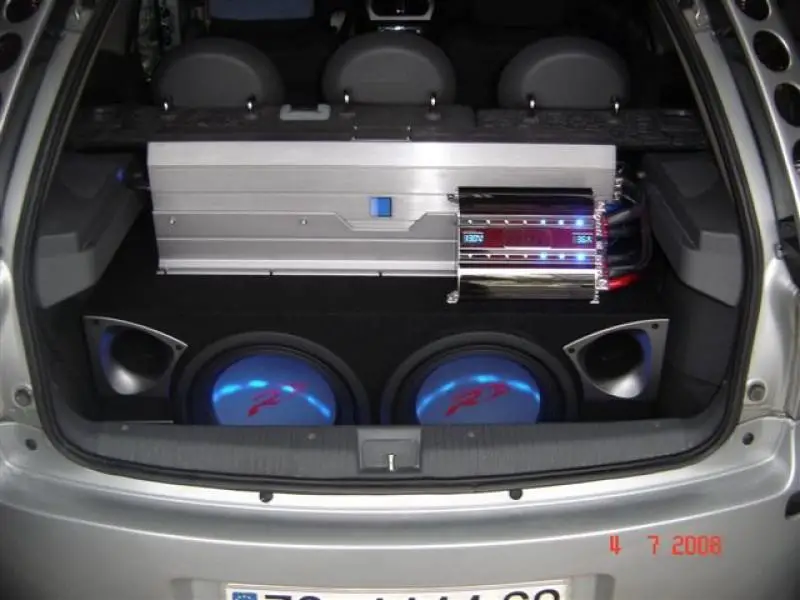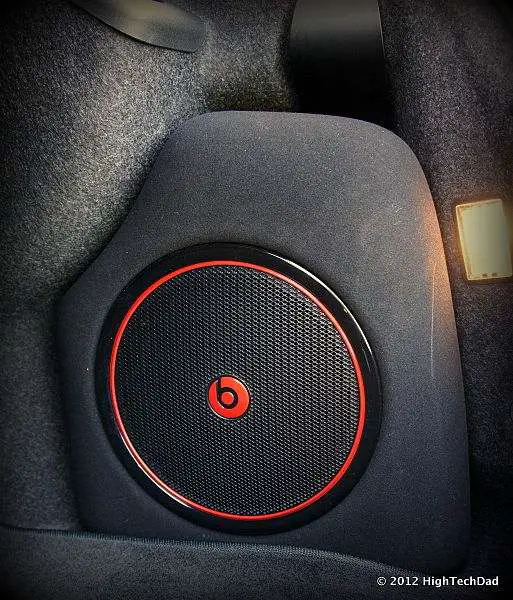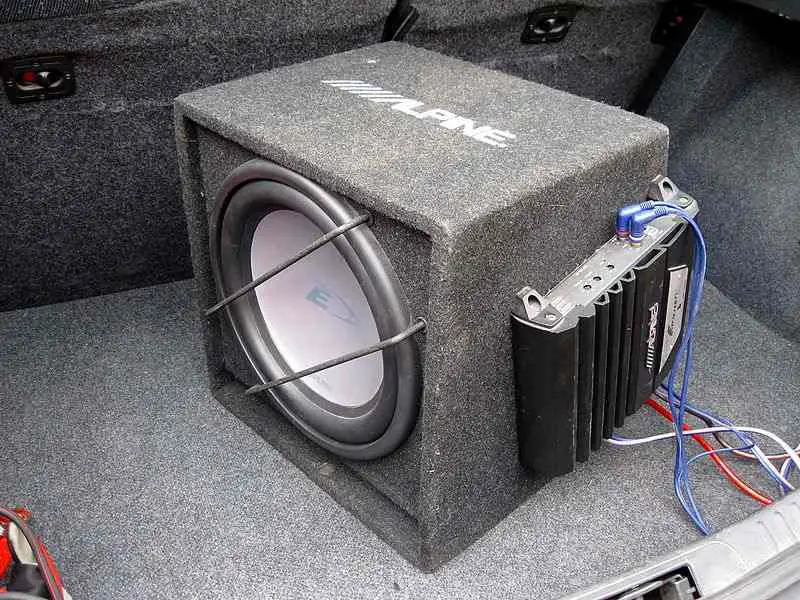Car subwoofers are an essential part of any car audio system, providing the deep bass that complements the overall sound.
However, when a subwoofer stops producing sound, it can be a frustrating experience.

In this article, we will explore some common causes of no sound from car subwoofers and provide detailed instructions on how to fix them.
Common causes of no sound from car subwoofers
There are several potential causes for a car subwoofer to stop producing sound. Some of the most common include:
Blown fuse:
The fuse is a safety device that protects the car’s electrical system from damage. If the fuse is blown, it will need to be replaced.
Loose connections:
The subwoofer is connected to the car’s electrical system through a series of wires and connections. If these connections are loose, the subwoofer will not receive power and will not produce sound.
Damaged wires:
Wires can become damaged over time due to wear and tear, exposure to the elements, or accidental damage.
Damaged wires can prevent the subwoofer from receiving power and producing sound.
Defective amplifier:
The amplifier is responsible for amplifying the electrical signal and sending it to the subwoofer.
If the amplifier is defective, it will not be able to send the necessary signal to the subwoofer, and the subwoofer will not produce sound.
Faulty subwoofer:
In some cases, the problem may be with the subwoofer itself. A faulty subwoofer will not produce sound, regardless of the condition of the other components in the car audio system.
Troubleshooting steps
Before attempting to fix the problem, it is important to troubleshoot the system to determine the cause of the issue.
The following steps will help you to narrow down the problem:
Step 1: Check the fuse
- Locate the fuse box, which is typically located under the dashboard or in the engine compartment.
- Identify the correct fuse, which is often labeled as “subwoofer” or “audio.”
- Inspect the fuse to see if it is blown. A blown fuse will have a broken or melted filament inside the glass.
Step 2: Check connections and wires
- Locate the connections and wires that connect the subwoofer to the car’s electrical system.
- Inspect the connections for looseness.
- Inspect the wires for damage, such as frayed or cut wires.
Step 3: Inspect the amplifier
- Locate the amplifier, which is typically located under the seat or in the trunk of the car.
- Inspect the amplifier for visible damage, such as burn marks or other signs of overheating.
- Check the amplifier’s power supply by turning on the car and the audio system.
Step 4: Test the subwoofer
- Locate the subwoofer, which is typically located in the trunk or under the seat of the car.
- Test the subwoofer by playing music through the car audio system. If the subwoofer is not producing sound, the problem is likely with the subwoofer itself.

Fixing the Issue
If the troubleshooting process narrowed down the problem to a specific component, such as a blown fuse, loose connections, damaged wires, defective amplifier, or faulty subwoofer, the next step is to fix the problem. Below we will discuss in more detail how to fix each of these common issues.
How to fix a blown fuse
- Locate the fuse box, which is typically located under the dashboard or in the engine compartment.
- Identify the correct fuse, which is often labeled as “subwoofer” or “audio.” In most cases, there will be simply a number and you will need to match that to your owner’s manual to correctly find the fuse.
- Replace the fuse with one of the same amperage rating.
- Test the subwoofer by playing music through the car audio system. The subwoofer should now produce sound.
How to fix loose connections and damaged wires
- Locate the connections and wires that connect the subwoofer to the car’s electrical system.
- Tighten any loose connections.
- Replace any damaged wires with new wires of the same gauge.
- Test the subwoofer by playing music through the car audio system. The subwoofer should now produce sound.
How to fix a defective amplifier
- Inspect the amplifier for visible damage, such as burn marks or other signs of overheating.
- Check the amplifier’s power supply by turning on the car and the audio system.
- Test the amplifier’s output by measuring the voltage at the output terminals.
- If the amplifier is defective, it will need to be replaced with a new one.
How to fix a faulty subwoofer
- Inspect the subwoofer for visible damage, such as a torn or punctured surround or a damaged cone.
- Test the subwoofer’s impedance by measuring the resistance across the terminals.
- Test the subwoofer’s sensitivity by measuring the sound pressure level at a specific distance.
- If the subwoofer is faulty, it will need to be replaced with a new one.

Conclusion
In conclusion, when a car subwoofer stops producing sound, it can be a frustrating experience.
By following the troubleshooting steps and understanding the common causes of no sound from car subwoofers, you will be able to fix the problem and get back to enjoying your music.
Remember that if you are unsure about any of the steps or if you encounter any other problems, it is always best to consult a professional.
Can a blown fuse cause a subwoofer to stop producing sound?
Yes, a blown fuse can cause a subwoofer to stop producing sound.
Fuses are designed to protect the car’s electrical system from damage and if the fuse is blown, it will need to be replaced.
Can a loose connection cause a subwoofer to stop producing sound?
Yes, a loose connection can cause a subwoofer to stop producing sound.
The subwoofer is connected to the car’s electrical system through a series of wires and connections, if these connections are loose, the subwoofer will not receive power and will not produce sound.
Can a damaged wire cause a subwoofer to stop producing sound?
Yes, a damaged wire can cause a subwoofer to stop producing sound.
Damaged wires can prevent the subwoofer from receiving power and producing sound.
How can I tell if my amplifier is defective?
You can tell if your amplifier is defective by inspecting it for visible damage, such as burn marks or other signs of overheating.
You can also check the amplifier’s power supply by turning on the car and the audio system. and test the amplifier’s output by measuring the voltage at the output terminals.
Can I fix a faulty subwoofer myself?
In some cases, it may be possible to fix a faulty subwoofer yourself. However, it is always best to consult a professional if you are unsure about any of the steps.
Additionally, if the subwoofer is damaged beyond repair, it will need to be replaced with a new one.
